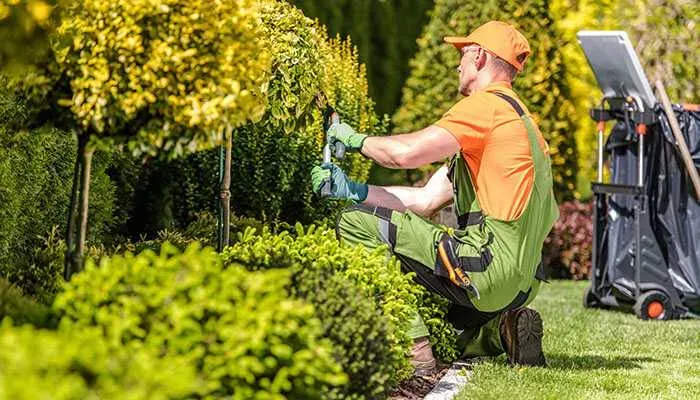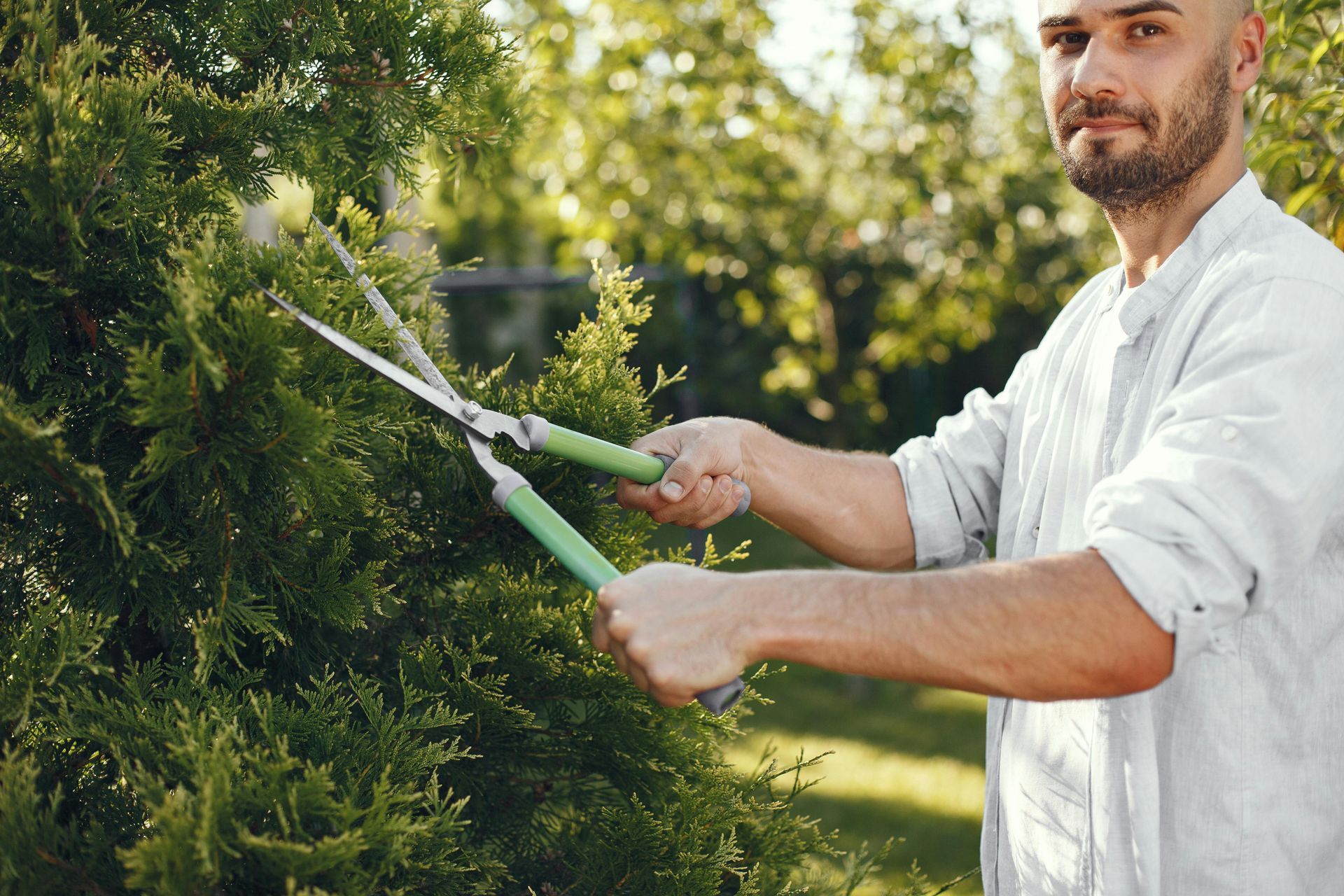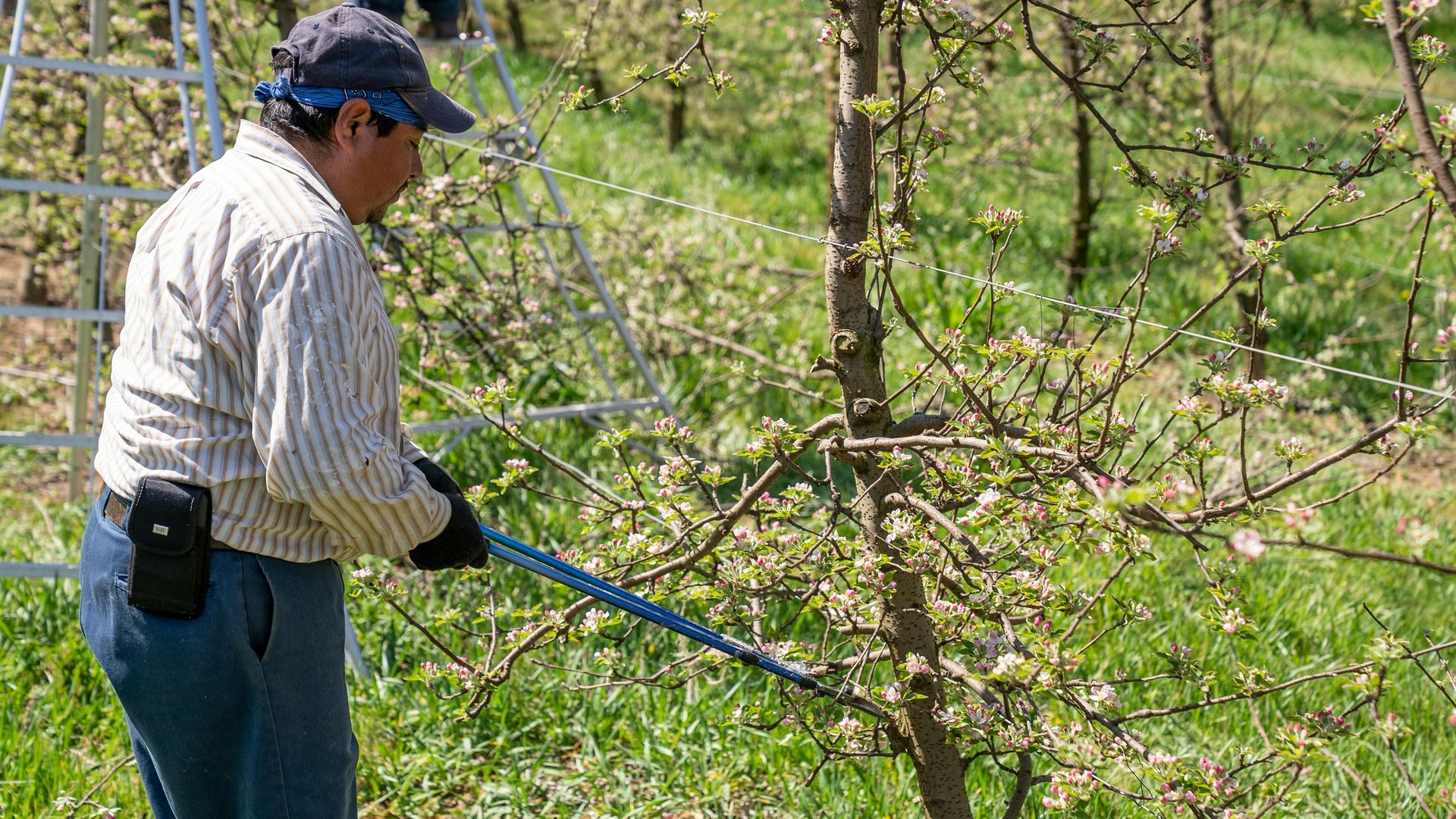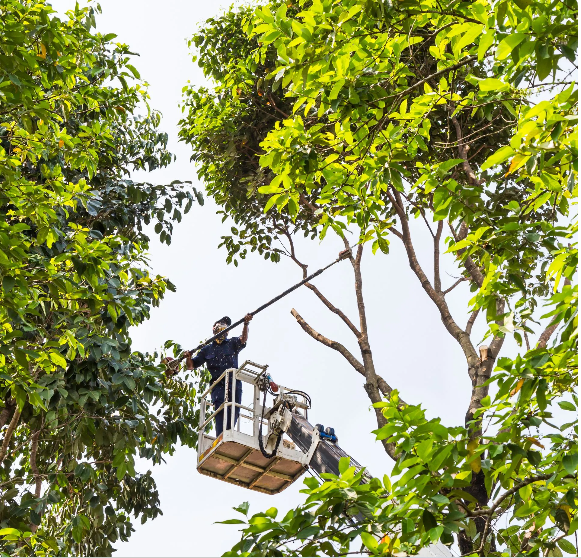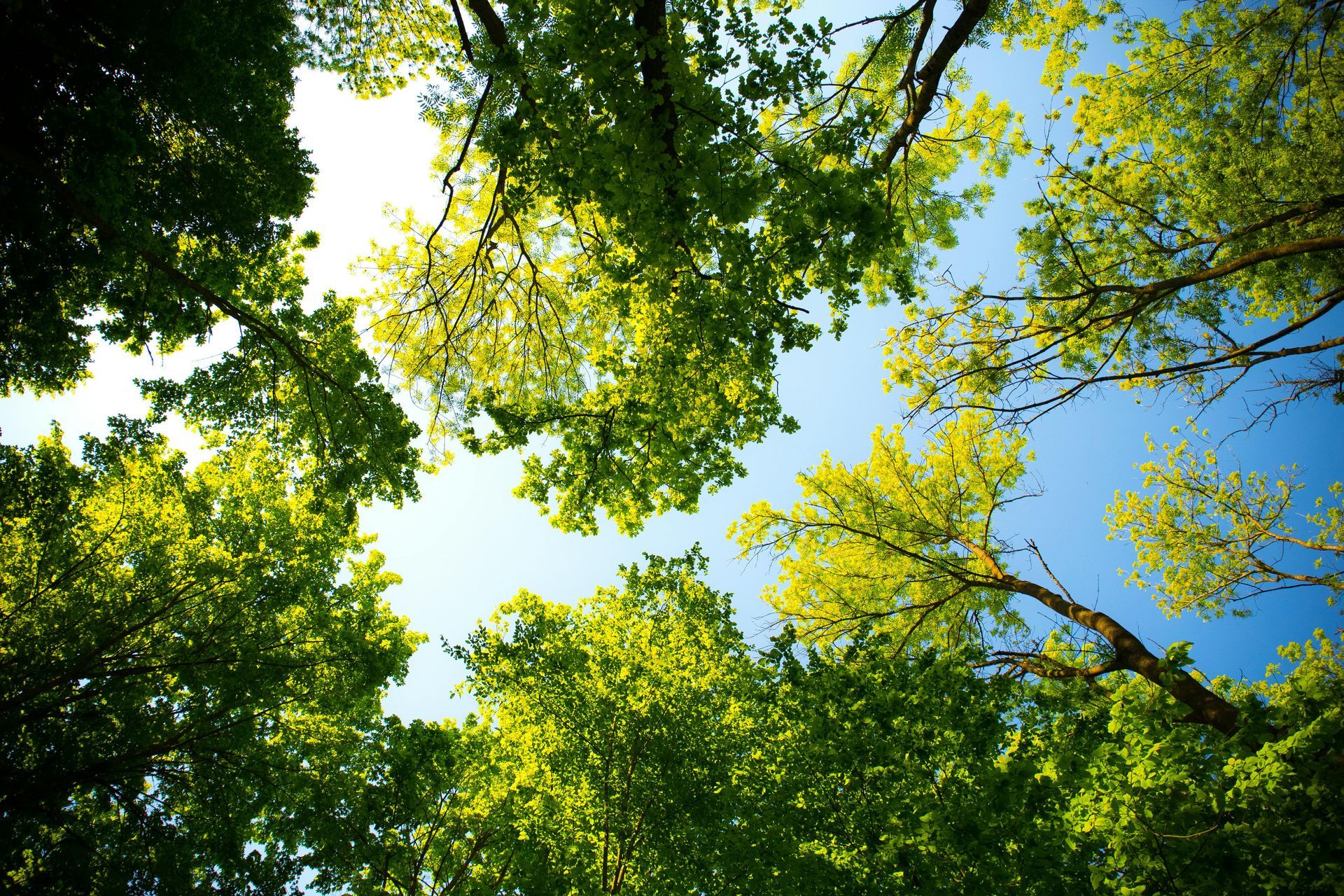Well-trimmed trees can dramatically improve the visual appeal of a landscape. Shape and symmetry can be achieved through careful pruning, leading to a more attractive overall appearance.
Additionally, trimming helps in maintaining the structural integrity of trees. Removing weak branches reduces the likelihood of splitting or breakage during storms. This is especially important for younger trees, as they establish a strong framework that supports their future growth.
Using techniques such as thinning can reduce overcrowding in the canopy. This allows for better light penetration and fosters healthier foliage.
Neglected trees can pose safety risks, especially if branches are too close to power lines or structures. Regular trimming minimizes these hazards by removing potentially dangerous limbs.
Identifying dead or weak branches early gives property owners the chance to prevent accidents. This proactive approach can severely reduce liabilities and enhance safety for those around the tree.
Moreover, maintaining clear sightlines on roadways or paths is essential. Trimming can ensure visibility for drivers and pedestrians, reducing the likelihood of accidents caused by obstructive foliage.

